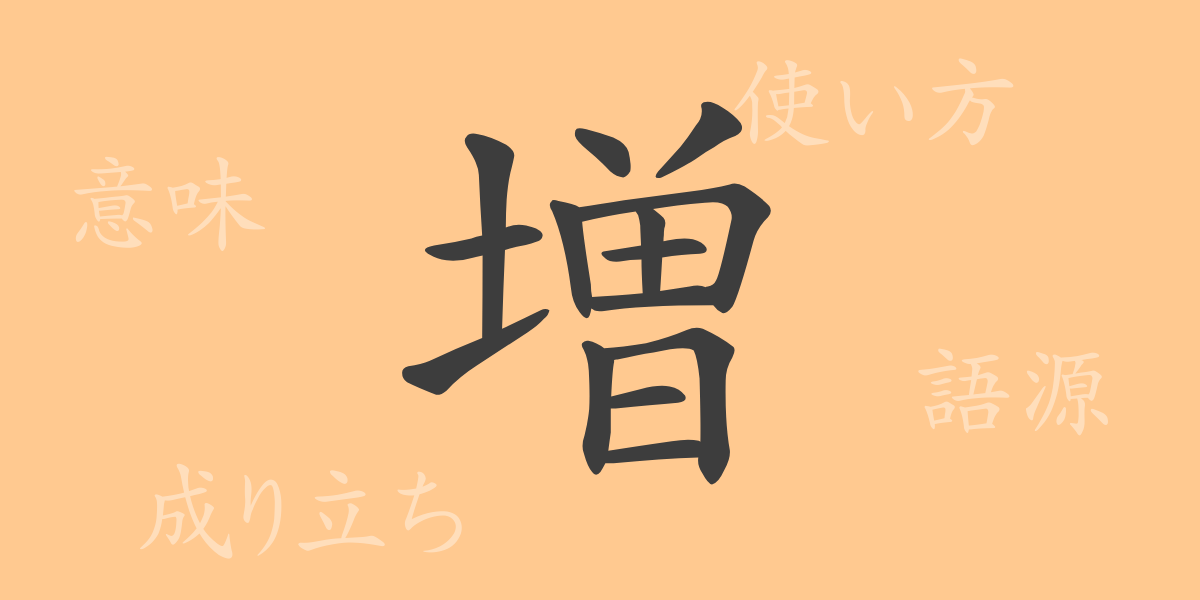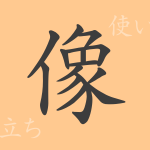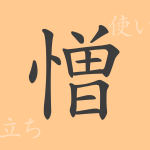Kanji deeply rooted in Japanese culture carry rich histories and meanings that are essential elements of daily life for Japanese people. Among these, the Kanji “(増)” (ぞう – zō) plays a pivotal role frequently used in everyday life and business contexts. This article delves into the meaning, etymology, and idiomatic expressions involving the Kanji “増”.
Etymology of 増 (ぞう – Zō)
The Kanji “増” originated from ancient Chinese pictographs. It combines “土” meaning earth and “曽” meaning growth, symbolizing earth being piled up to increase in volume. From this combination, “増” came to signify an increase or growth of something.
Meaning and Usage of 増 (ぞう – Zō)
“増” is used to mean “increase”, “augment”, or “add”, indicating a rise in quantity or degree. In economic contexts, it denotes an increase in profits or income, while in daily conversation it can refer to gaining weight or expanding knowledge.
Readings, Stroke Count, and Radical of 増 (ぞう – Zō)
Basic information about the Kanji “増” includes:
- Readings: On’yomi (音読み) ‘ゾウ’ (zō), Kun’yomi (訓読み) ‘ふえる’ ‘ふやす’
- Stroke Count: 14 strokes
- Radical: Radical is 土 (つちへん)
Idioms and Proverbs Using 増 (ぞう – Zō) and Their Meanings
There are numerous idiomatic expressions and proverbs involving “増”, such as:
- 増減 (ぞうげん – zōgen): Fluctuation, increase and decrease.
- 増税 (ぞうぜい – zōzei): Tax increase.
- 自然増 (しぜんぞう – shizenzō): Natural increase without human intervention.
- 火に油を注ぐ (ひにあぶらをそそぐ – hi ni abura o sosogu): To worsen a bad situation.
These expressions are commonly used in various contexts.
Conclusion on 増 (ぞう – Zō)
The Kanji “増” symbolizes growth and progress in our lives. From economic increments to everyday changes, “増” plays a versatile role. Through this article, we’ve explored the deep meanings and cultural backgrounds behind each Kanji character. Understanding these aspects is invaluable for learners of Japanese, enhancing their grasp of the language and cultural nuances.

























